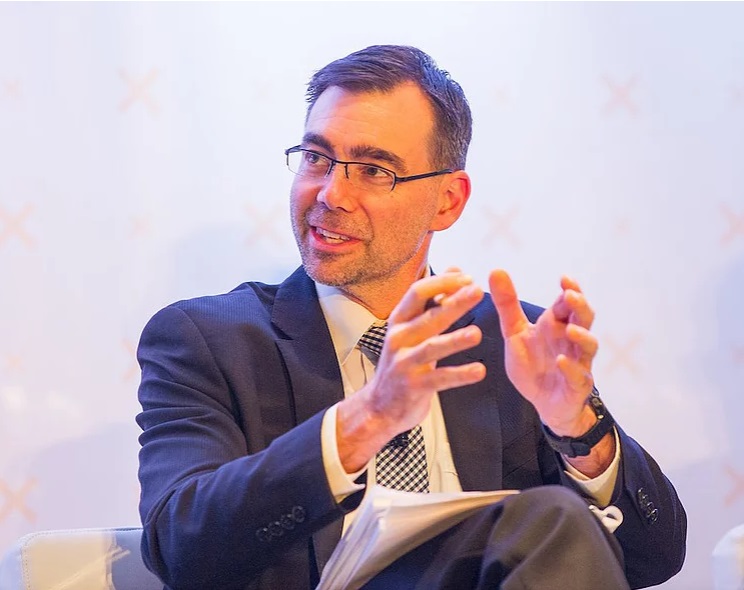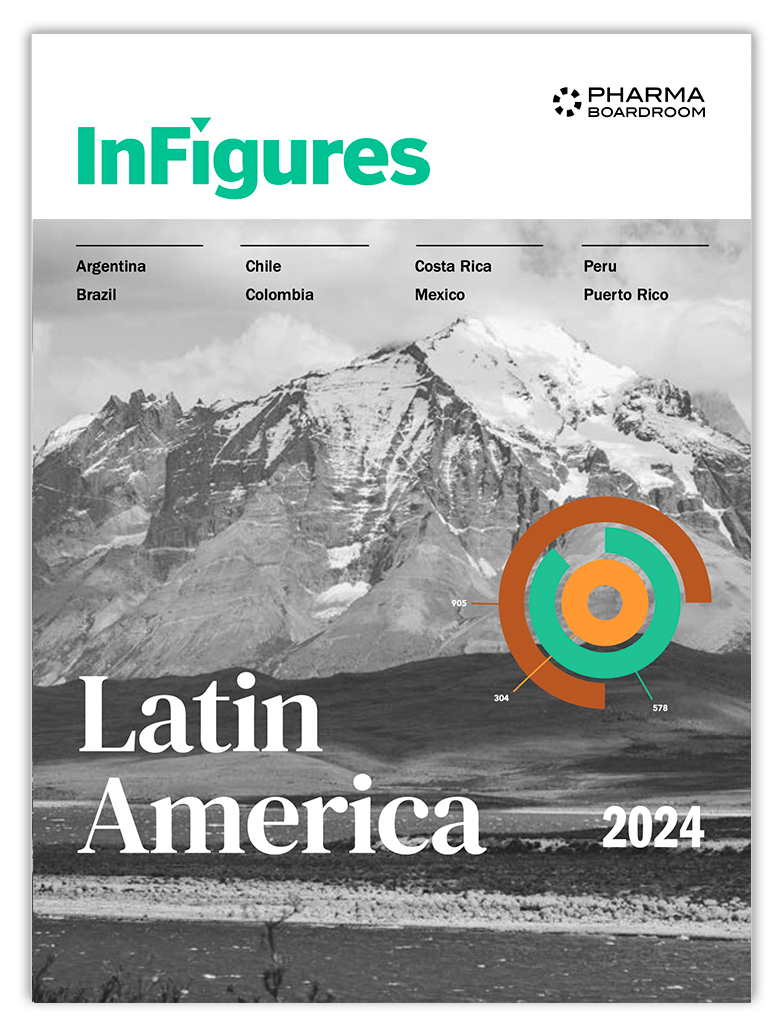On the 100th anniversary of the development of insulin, regular PharmaBoardroom contributor Brendan Shaw* examines the shocking global disparities in access to the lifesaving drug, but does not point the finger of blame at the pharmaceutical industry. Instead, Shaw highlights the high barriers of entry that dissuade these companies from entering certain markets and calls for a de-risking of manufacturing to ensure that all diabetes patients that need insulin can access it.
Few recoveries from impending death more dramatic than this have ever been witnessed by a physician
J.R. Williams, Physician, 1921
I think it’s important to make clear that the insulin used in 1922 is not the same thing that’s in the crosshairs of industry critics
John LaMattina, Former President of Global R&D, Pfizer, 2019
A hundred years since the development of insulin to treat diabetes, millions of people on the planet today still cannot access it. Many die without it.
That such an important scientific advance is still not readily accessible for people with diabetes in many countries a century after it was developed is an example of the complexity of access to medicines issues.
Real world problems in health care often go beyond slogans and simplistic policy distractions.
Insulin was first isolated and developed by Canadians Frederick Banting and Charles Best, together with Scot John Macleod and American James Collip in 1921. They developed the process to isolate and purify insulin such that it could be used to treat patients.
In January 1922, the first patient ever was administered insulin. He recovered to live a relatively normal healthy life, as did millions of other people like him.
Insulin revolutionised the treatment of people with diabetes, in many cases saving countless lives.
At the time, Banting and Best sold the patents for their insulin to the University of Toronto for US$1 and the university made it available to pharmaceutical companies, royalty free
Diabetes and access to insulin today
One hundred years after its invention, the global market for human insulin is now worth around US$40 billion a year.
Today there are 537 million adults in the world living with diabetes, over half a billion adults. This number is predicted to rise to 784 million by 2045 – that’s slightly more than the entire population of Europe today.
Made with Visme Infographic Maker
Despite the developments over the last century, believe it or not there are still millions of people in the world today who cannot access insulin.
Fifty per cent of people in the world with Type 2 diabetes do not get the insulin they need and many people living with Type 1 diabetes do not have access to it either. The International Diabetes Federation estimates that there are more than 1 million children and adolescents with Type 1 diabetes.
The situation is worse in low-income countries. For example, while across the world one-in-two people with Type 2 diabetes get the insulin they need, in Sub-Saharan Africa this figure drops to only one-in-seven.
For people living with Type 1 diabetes – mostly children – a lack of insulin is a death sentence.
People living with Type 2 diabetes often suffer earlier development of complications such as blindness, renal failure, or limb amputations, and ultimately premature death. Often years ahead of their time.
One estimate is that providing comprehensive care for people with Type 1 diabetes, including insulin, could prevent 12,000 deaths each year for people younger than 25 years.
So, how is it that something that was initially developed a century ago and given away for free is today not readily and easily available to millions of people around the world?
The complexities of the international insulin market
Well, it is, as they say, complicated.
The critics would have you believe that it is all the pharmaceutical industry’s fault. They argue that a small number of manufacturers having large market share explains why it is difficult for people in low- and middle-income countries to access insulin today.
However, a recent report by market analyst firm IQVIA demonstrates that the global insulin market is complex. Their report made several important findings, including that:
- The market for insulin in various low- and middle-income countries is a mixed picture with the big three suppliers dominating market share in 19 out of 32 LMICs examined, and
- There is no correlation between the market share of the three biggest largest insulin producers and the average insulin cost per day.
Others have highlighted that a wide range of factors contributes to the problem.
But the important thing – often forgotten – is that the insulins available today are substantially better than the first insulin developed a century ago.
The insulin that Banting and his team developed in 1921 was derived from dogs and cattle, not a nice substance, had to be administered multiple times a day and not always well tolerated by patients.
Since then, newer insulins have been developed that are more effective, longer lasting, better tolerated and deliver better outcomes for patients.
Since 1921 we have seen the development first of porcine insulin and then synthetic human insulin, followed by the analogue insulins today which are safer and more effective still.
When people criticise the pharmaceutical industry for denying people insulin developed 100 years ago, they’re actually talking about different insulins.
Moreover, Banting and his team couldn’t manufacture insulin in sufficient quantities. Manufacturing on a large scale required the pharmaceutical industry.
But here’s the punchline: most of the patents on the insulins developed since 1921 have expired.
The patents for the original animal insulins developed 100 years ago have expired, as have those for human insulins and many patents even for analogue insulins.
So, the usual arguments you often hear about intellectual property preventing people in poorer countries from accessing medicines do not apply.
It means that in theory, at least, anyone, any company anywhere in the world could manufacture even human insulin on a mass scale tomorrow and flood the global market with cheap insulin for people with diabetes in these countries.
But they don’t, despite millions of people with diabetes in low- and middle-income countries still needing it.
So … why?
Creating the market
The barriers that prevent people in poor countries accessing insulin have more to do with a lack of functioning markets and less to do with conniving pharmaceutical companies.
The costs for companies to get into these markets are just too great, given the high costs to manufacture to sufficient scale and quality, the fragmentation of the markets, and the commercial returns just not being there.
These problems are compounded by a lack of health system infrastructure and finance available in many of these countries to support the diagnosis and treatment for diabetes and the use of insulin.
If you think about how people in high-income countries who need insulin get it, there is a whole infrastructure around them that ensures insulin is readily available.
They often get initially diagnosed by a doctor or a paramedic, they get tested with available diagnostic tests, they get to see a specialist, they have access to devices such as home glucometers, they get prescribed insulin, they get training in blood glucose monitoring and managing their insulin doses, they obtain insulin from a registered pharmacist at the end of reliable cold-chain supply chains, they keep it refrigerated, and they get support from their local nurse, doctor, health clinic and diabetes patient support group.
And, crucially, the cost of their insulin is often covered by some sort of universal health coverage system, be it a government-funded health system or comprehensive private health insurance.
In low-income settings in other countries, many of these support structures simply do not exist.
De-risking insulin manufacturing for companies
One key action to improve access to insulin in many countries around the world is to de-risk the process for pharmaceutical companies.
Rather than blaming companies for the problem, we need to address the barriers that dissuade a company from going into difficult markets.
This might be a little uncomfortable for some, but in the economics of supplying insulin, economies of scale are important. Basically, the more insulin you can sell, the cheaper it gets to manufacture.
Companies can find it difficult to take the risks of investing in developing manufacturing capacity to supply cheap insulin to the world if there’s no credible market for it or if the economics just don’t stack up.
Manufacturing insulin to rigorous and credible standards is not easy.
If a company is going to invest in developing long-term sustainable manufacturing capacity, it needs to be confident it is going to be able to cover its costs, make sufficient return and that it is not wasting its investment in manufacturing a medicine that no one is able to buy.
Then there are the issues of supply chain costs that are added on top of the manufacturer’s price. In many low-income countries, these mark-ups by wholesalers, pharmacists and retailers can be substantial.
One recent study found that wholesale and retail mark-ups on insulin in low-income countries could range as high as 50% to 60%. Other studies have found examples in African countries where the supply chain costs can be as high as 288%, and found that devices and other consumables needed for managing insulin can account for 85% of patients’ costs.
So, it’s not a small matter.
Companies’ role in access to medicines
Pharmaceutical companies themselves can also look at what they do themselves.
Already, insulin manufacturers like Novo Nordisk, Eli Lilly, Sanofi and Biocon all have their own access to insulin initiatives.
Such programs usually involve a combination of donations, specialist access programs in low-income settings and licensing deals with other manufacturers.
These are a great start and make an important difference, but more could be done here.
One idea would be to jointly develop a range of new business models, policy solutions and markets between companies, governments, NGOs and international organisations that could make a material difference to people around the world.
Several other biosimilar companies have tried to enter the insulin market to create a viable business, sometimes in partnership with originator companies, but these appear to have had varying degrees of success for various reasons.
The next 100 years
A century after Banting and his team developed the first insulin, a resolution was passed at the World Health Assembly earlier this year calling for concerted action to improve access to insulin for people around the world.
And in the last few months the World Health Organization has released a Global Diabetes Compact which included a call to scale up access to insulin and nudge the world towards solving this problem.
These are a great start, but they won’t solve everything on their own.
There’s still a long way to go.
A hundred years on from when humanity first developed insulin, let’s not take another hundred years to develop a way to ensure every human on the planet who needs it can get it.
We owe it to ourselves to make this work.
* With thanks to Evan Lee for several helpful comments and suggestions.



